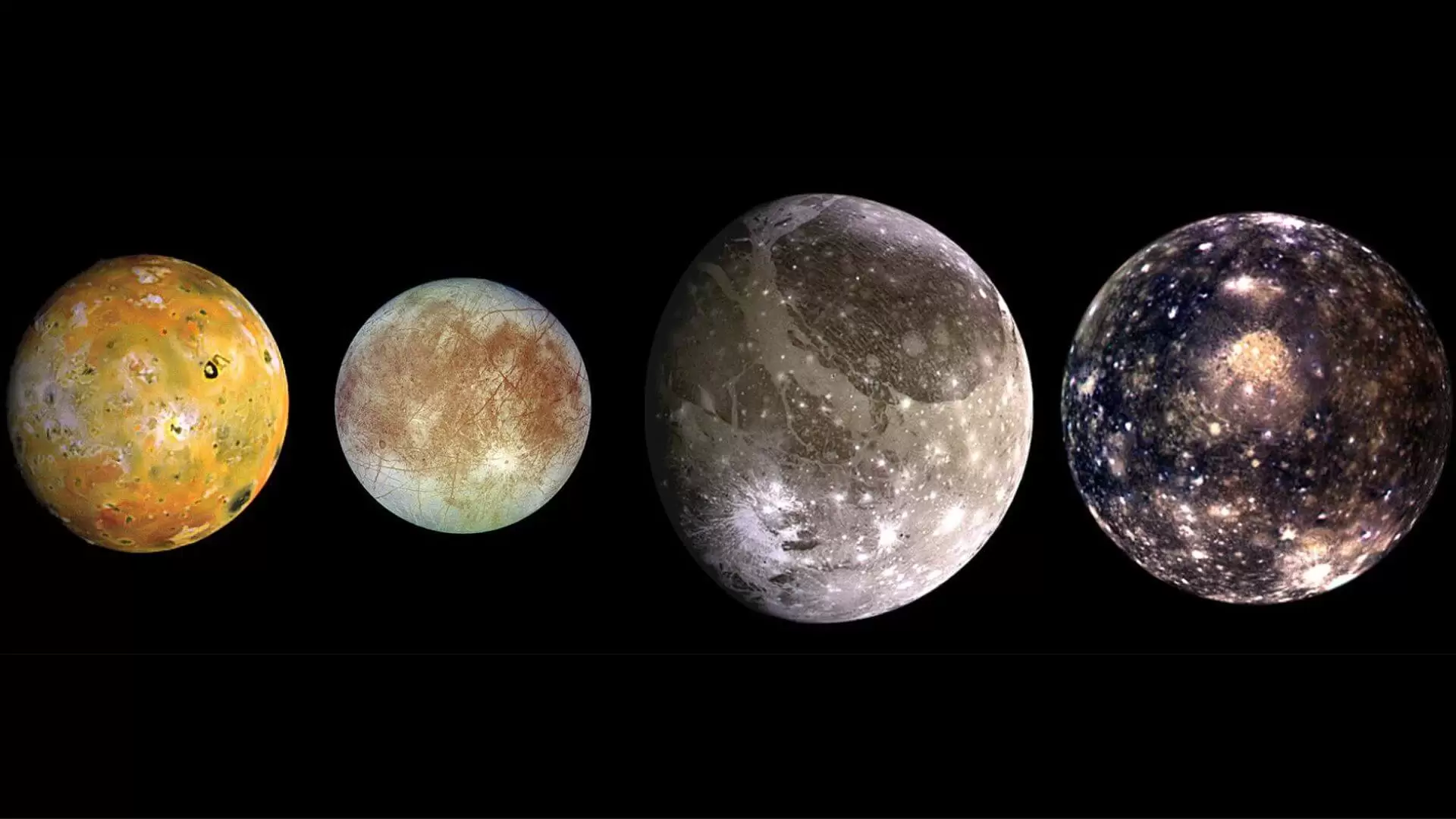The 50-second audio has been generated from data collected by the Juno spacecraft
A 50-second audio track generated from data collected by the Juno spacecraft reveals what Jupiter’s enigmatic moon Ganymede sounds like. The sounds were recorded on July 7 when the probe made a close flyby of the Jovian satellite.
The probe’s Waves instrument recorded electromagnetic waves from Ganymede. Later, the frequency of these emissions was changed to the audio range, which has allowed us to hear a set of beeps and whistles that are somewhat disturbing and not very pleasant for the ears. The audio has been presented at the latest meeting of the American Geophysical Union.
“This soundtrack is wild enough to make you feel like you’re riding Juno as you fly over Ganymede for the first time in over two decades,” says Scott Bolton of the Southwest Research Institute in San Antonio. “If you listen closely, you can hear the abrupt switch to higher frequencies around the midpoint of the recording, which represents entry into a different region in Ganymede’s magnetosphere,” he says.
Researchers are performing detailed analysis and modeling of the probe data. “It is possible that the change in frequency shortly after the closest approach is due to Ganymede moving from the night side to the dayside,” says William Kurth of the University of Iowa.
At Juno’s closest approach to Ganymede, during the mission’s 34th trip around Jupiter, the spacecraft was 1,038 kilometers from the moon’s surface and traveling at a relative speed of 67,000 kph.
The last photo of Jupiter’s ring
The Juno team has also released its latest image of Jupiter’s faint dust ring, taken from inside the ring looking out by the spacecraft’s Stellar Reference Unit navigation camera. The brightest scene of the thin bands and neighboring dark regions in the image are linked to dust generated by two of Jupiter’s small moons, Metis and Adrastea. The photo also captures the Perseus constellation arm.
“It’s impressive that we can see these familiar constellations from a spacecraft half a billion miles away,” says Heidi Becker, co-principal investigator for the Juno Stellar Reference Unit instrument at NASA’s Jet Propulsion Laboratory (JPL). NASA in Pasadena. “But everything looks pretty much the same as when we look at them from our backyards here on Earth. It’s a startling reminder of how small we are and how much we have yet to explore.”

